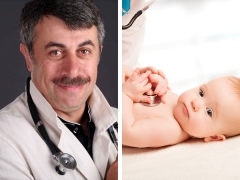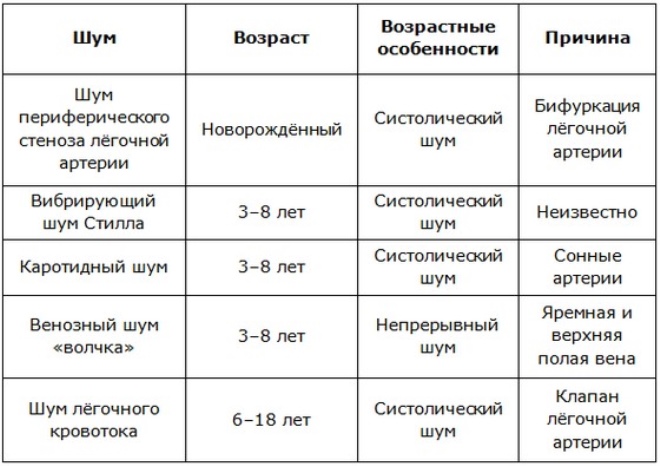Dr. Komarovsky about the noise in the heart of a child
Moms and dads, as a rule, are very scared when they hear from the doctor that they have heart murmurs in their child. In a panic, they begin to look for more detailed information about this phenomenon, but not always this “finding” of the doctor speaks of serious pathologies of the heart activity. The famous pediatrician Yevgeny Komarovsky talks about where these noises can come from and what they are talking about.
About the problem
Heart murmur is not a diagnosis, says Yevgeny Komarovsky. This is just a symptom. Of course, parents should not leave him unattended, but it is also impossible to panic.
The fact is that noises are different. Most often, when doctors say that a baby has noise, physiological noise is implied. They are not dangerous and do not require any special treatment, do not interfere with living a normal active life, and in general are a cause for experiences - by the end of puberty, they mostly pass without a trace.
But there are other noises - organic. They are associated with anatomical abnormalities in the development of the heart and need constant monitoring, and if necessary, treatment, including surgery.
The functional noise (systolic), the doctor will hear with small changes in the cavity of the heart or its valves. Most often they are found in babies who are prone to frequent viral diseases, as well as to babies with a narrow chest inherited from relatives.
On ECG, this noise is almost not noticeable, it can be seen only on the ultrasound of the heart. More dangerous diastolic noise (organic) is found in all types of studies.
The reasons
There may be many reasons that cause extraneous acoustic effect when listening to the heartbeat, not all of them are dangerous:
- Regurgitation. UhThe term denotes the process of incomplete closing of the valve. Through the remaining lumen of blood begins to go back. It is her movement that causes the noise that the doctor hears in the stethoscope. Komarovsky advises not to consider regurgitation a disease, since it does not require any treatment. This is a congenital feature of the structure of the heart, it occurs often, and equally often, the gap closes with age itself.
- Vasoconstriction. Stenosis can be caused by physiological changes that occur in an intensively growing organism, but may be caused by congenital defects.
- The constriction of the valves. Sometimes this condition requires immediate surgery in order to avoid the development of heart failure, and sometimes in cases with physiological narrowing, only observation is enough.
- Holes in the heart walls. Pathological discharge of blood through them and causes noise. The causes of pathology are mostly congenital. In some cases, the hole closes on its own.
Parenting
How to act and what tactics of treatment to choose, should think the doctors who observe the child. The task of parents, according to Yevgeny Komarovsky, is not to interfere with them, but to contribute in every way. The action algorithm is quite simple:
- Primary noise detection. This usually occurs at the reception of a pediatrician at the time of listening with a stethoscope. To make a diagnosis on the basis of what he heard, a normal doctor will not, he will simply explain what changes he has heard and give directions to the examination. Komarovsky advises not to panic and in any case not to abandon the diagnosis.Parents should receive referrals for ECG, ultrasound of the heart, echocardiography, and sometimes for MRI. After visiting these cabinets and specialists with the results of measurements and schedules you need to go to a pediatric cardiologist.
- Confirmation of organic noise. If a cardiologist concludes that pathological organic damage to the heart is based on his research, he can prescribe medication or surgery. All recommendations should be followed again, without panic - the current level of cardiac surgery is at such a high level that even embryos in the womb are successfully operated on. Forecasts are often very favorable.
- Confirmation of functional noise. If the cardiologist says that the noise is not dangerous, you can breathe out with relief, go home and live as before, leaving the child alone. True, it is advisable to observe at the cardiologist for some time, visiting him at least once every six months, in order to monitor the dynamics - the noise may disappear or may not disappear.
- Denial of noise. And this happens quite often. Studies show that everything is normal in a child, the cardiologist does not find any noises on repeated hearing. Parents in this situation do not have to make trouble with the pediatrician who heard the noise for the first time. Survey is not superfluous.
See more in the transfer of Dr. Komarovsky.
















